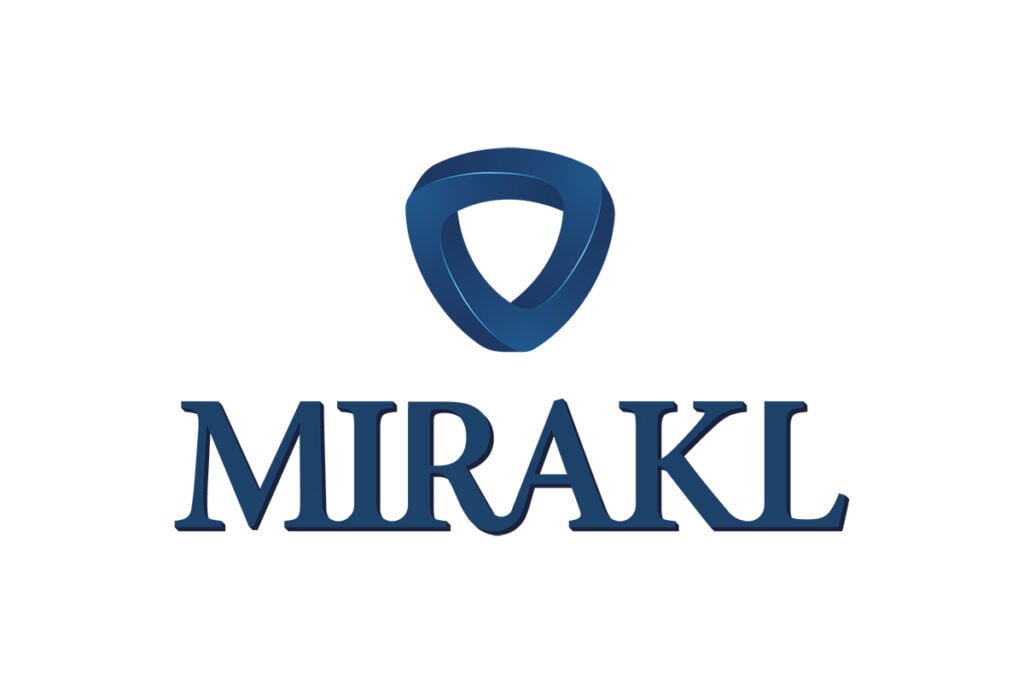The number of businesses that began selling on marketplaces in 2022 increased by 31% over the previous year. 53% of marketplace sellers surveyed are selling on more marketplaces than they were a year ago, and a staggering 62% plan to expand their presence across additional marketplaces in the next 12 months.
That’s the finding of the 2023 Mirakl Seller Report, which explores why more retailers and brands are selling on different channels, their strategies for growth, and how marketplace and dropship platforms can attract top sellers.
Perhaps the most important data point in the report, is the exponential growth of marketplace and dropship businesses, which grew 38% year-over-year and at six times the rate of overall ecommerce in 2022.
Meet Mirakl
Mirakl will be exhibiting at ChannelX World on the 11th of October in London. If would you like to learn more about the marketplace and dropship platforms that they power, book your ticket today to have an in-person conversation.
Key Stats from 2023 Mirakl Seller Report
- 56% of businesses sell on more than 2 marketplace and dropship platforms
- 62% of sellers plan to sell on more platforms in the next 12 months
- 23 days: Average time from initial onboarding to first sale on Mirakl-powered platforms
- 99.8% of customer service inquiries are handled by marketplace sellers without intervention from the operator
- $146,016: Average sales for a supplier on Mirakl-powered marketplace & dropship platforms in 2022
Who are the marketplace sellers?
The report broke down the 65,000 businesses selling on Mirakl-powered marketplace & dropship platforms and discovered:
- 53% are Brands
- 32% are marketplace native sellers
- 15% are retailers
The platform economy continues to grow. In 2022, platform business models like dropshipping and digital marketplaces grew at six times the overall eCommerce rate. Both marketplace operators and third-party sellers alike are flocking to these platforms in order to take advantage of growing customer demand and profitable adjacent opportunities.
The growth of dropshipping and marketplaces is driven directly by the millions of individual businesses selling on those platforms. Brands and retailers recognize the opportunities offered by platform business models, as they can join forces with other retailers and reach new audiences in a matter of weeks — in some cases, businesses can begin selling on marketplaces in just four days.
To learn more about what sellers look for when choosing a marketplace or dropship platform and the strategies they use to grow their businesses, Mirakl conducted a survey of 1,500 retailers selling on marketplaces in the United States, United Kingdom, Germany, France and Spain. These responses were brought together with data anonymized and aggregated from 65,000 sellers and suppliers on Mirakl’s marketplace and dropship platforms, accounting for 125 million SKUs and nearly $5 billion in annual gross merchandise value (GMV). The combined insights offer a window into the current state of the platform economy, how sellers differentiate themselves in order to succeed, and what operators can prioritize to grow their platform businesses.
– Fareeha Ali, Director of Strategy & Market Intelligence, Mirakl
Online marketplace growth is attracting more businesses to sell
Not only are more businesses taking advantage of the marketplace opportunity, but they’re doing so at increasingly higher rates. The number of businesses that began selling on marketplaces in 2022 increased by 31% over the previous year, demonstrating a surge of interest in the platform economy.
Retailers are expanding their marketplace business
Once retailers see momentum with their first marketplace, they recognize a straightforward path to growth. More than half (53%) of marketplace sellers surveyed are selling on more marketplaces than they were a year ago, and 62% expect to expand across additional marketplaces in the next 12 months.
We choose marketplaces and dropship platforms because they fuel our business growth. Marketplaces are tried-and-true for scalability, while dropshipping offers low-risk access to new markets, both locally and globally. It’s all about strategic expansion. We are currently selling on 20+ Mirakl-powered marketplaces, all centralized in Mirakl Connect.
– Rami Karia, Founder & Director, Pertemba
Sellers choose different paths to success
A platform strategy isn’t as simple as listing items on marketplace and dropship platforms — sellers can take different approaches to build momentum. According to the report, roughly half of companies market their entire product assortment on marketplaces. A quarter of sellers limit their platform offering to a small subset of their full product catalog, while 8% of sellers have no overlap between marketplace and owned channels — developing an exclusive offering for their marketplace partnerships.
Sellers look for high traffic and low commission from operators
For operators, attracting and retaining high-quality sellers can make the difference between success and failure. The majority of retailers (57%) prefer to sell on marketplaces that offer a wide range of products and categories, while 43% prefer curated marketplaces that specialize in specific categories.
Across both groups, marketplace sellers prioritize website traffic, product categories, commission rates, and ease of use. Operators that make life easy and profitable for sellers will have an easier time with recruitment.
Selling on the big digital-native marketplaces like Amazon is getting to be so competitive, it’s a breath of fresh air to have other channels available. While other marketplaces may not have as much traffic, we see sales almost instantaneously. Our margins are often better, and profitability is better as a result. We typically see anywhere from 2-5% higher profit in these cases.
– Jade Hansen, Director of Operations, ClickHere2Shop
Sellers make life easier for operators
Sellers don’t just drive revenues for marketplace operators — they also take care of performance and reputation. A staggering 99.8% of customer service inquiries are handled by marketplace sellers without the operator needing to intervene, demonstrating that marketplace operators can trust in their sellers to deliver an exceptional, brand-safe customer experience.










One Response
I had some of my best trading years using the retailers that had a mirakl marketplace mainly in Europe then of course our oven ready Brexit deal kicked in.
You could actually negotiate a fee deal also. Unfortunately the retailers could also close marketplace with a click of their fingers leaving you high and dry.